Mosasaur Hoffmanni |
|
| SPECIES | Beaugei |
| AGE | Late Cretaceous (~70 million Years) |
| LOCATION | Sidi chennan basin, Morocco |
| FORMATION | Phosphate Deposits |
| SIZE | 1.7 ” long |
| CATEGORY | Reptile, Amphibians & Synapsids |
| SUB CATEGORY | Mosasaur |

Mosasaurus beaugei is an extinct species of marine lizard that lived during the Late Cretaceous period, approximately 70 million years ago. It is a member of the Mosasauridae family, which was a group of large aquatic reptiles that were closely related to modern-day monitor lizards and snakes.
Mosasaurus beaugei was first described in 1849 by the French paleontologist Jean Albert Gaudry, who named it in honor of the geologist Léonce Élie de Beaumont. The species was primarily found in the Beauce region of France, where it is believed to have inhabited shallow seas.
Like other mosasaurs, Mosasaurus beaugei was a powerful swimmer with a long, streamlined body and a large, powerful tail. It had four paddle-like limbs that were adapted for swimming and could probably also be used for propulsion when the animal was on the seafloor. Mosasaurus beaugei was a carnivorous predator that likely fed on fish, squid, and other marine reptiles.
Mosasaurus beaugei is one of the largest known species of mosasaur, with some individuals estimated to have reached lengths of up to 15 meters (50 feet). Its fossils have been found in Europe, North America, and Africa, indicating that it had a wide distribution in the Late Cretaceous seas.
Only logged in customers who have purchased this product may leave a review.
Related products
Prognathodon Anceps
1.5″ Great Mosasaur prognathodon anceps Tooth rare Fossil Reptile Morocco
Prognathodon Anceps
2.8 ” Huge Mosasaur Prognathodon sp Tooth rare fossill Sidi chennan Morocco

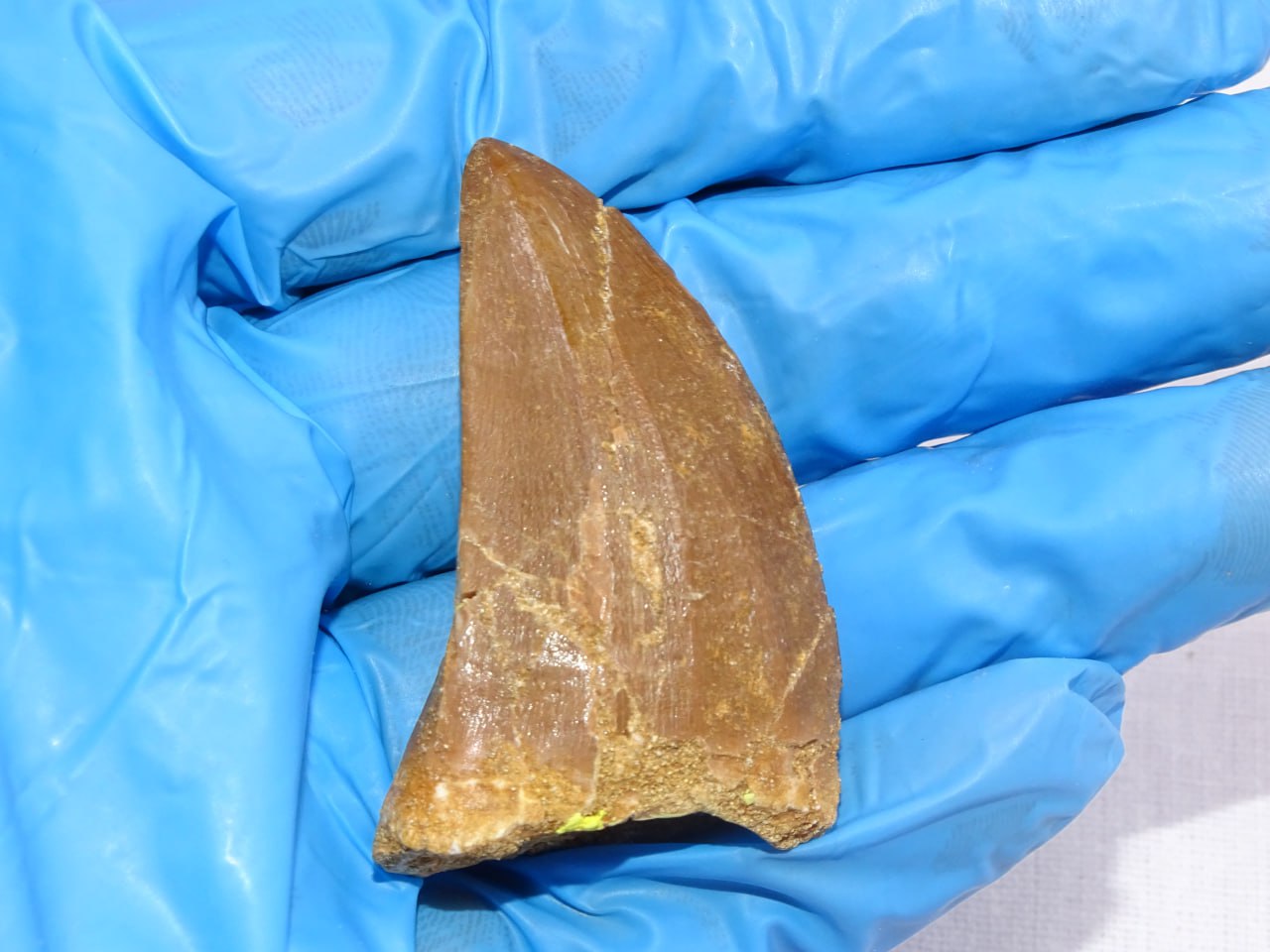
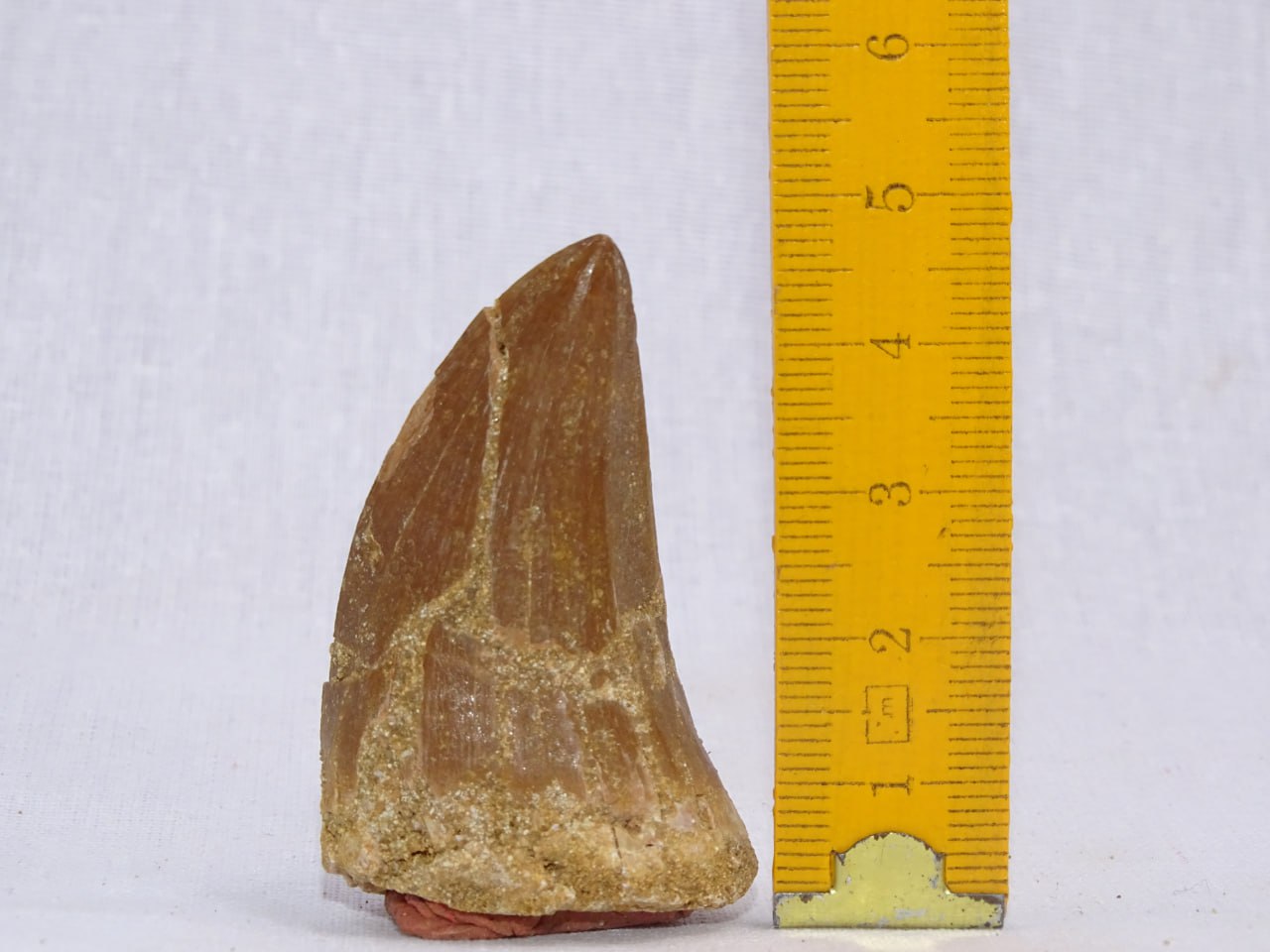
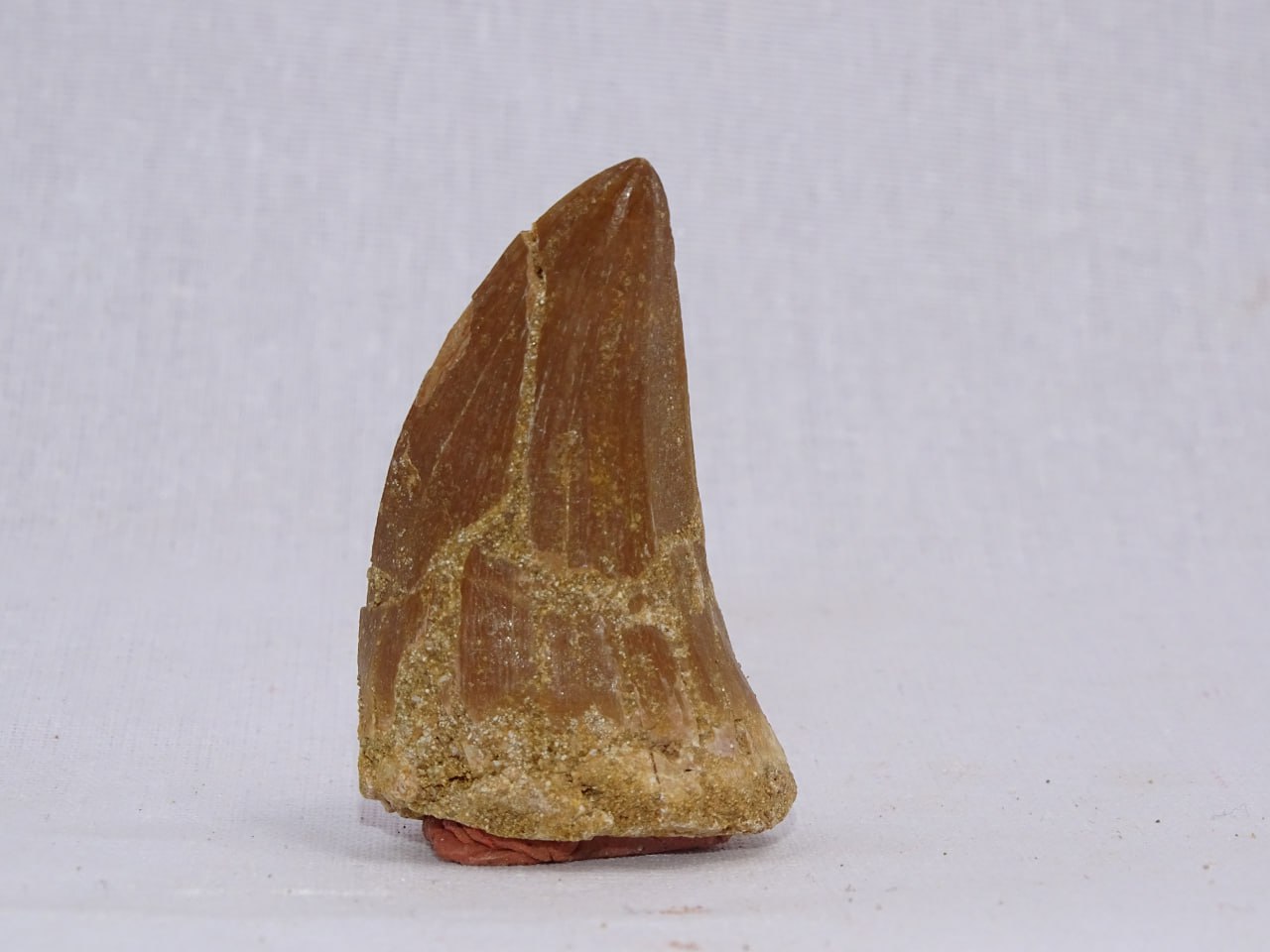
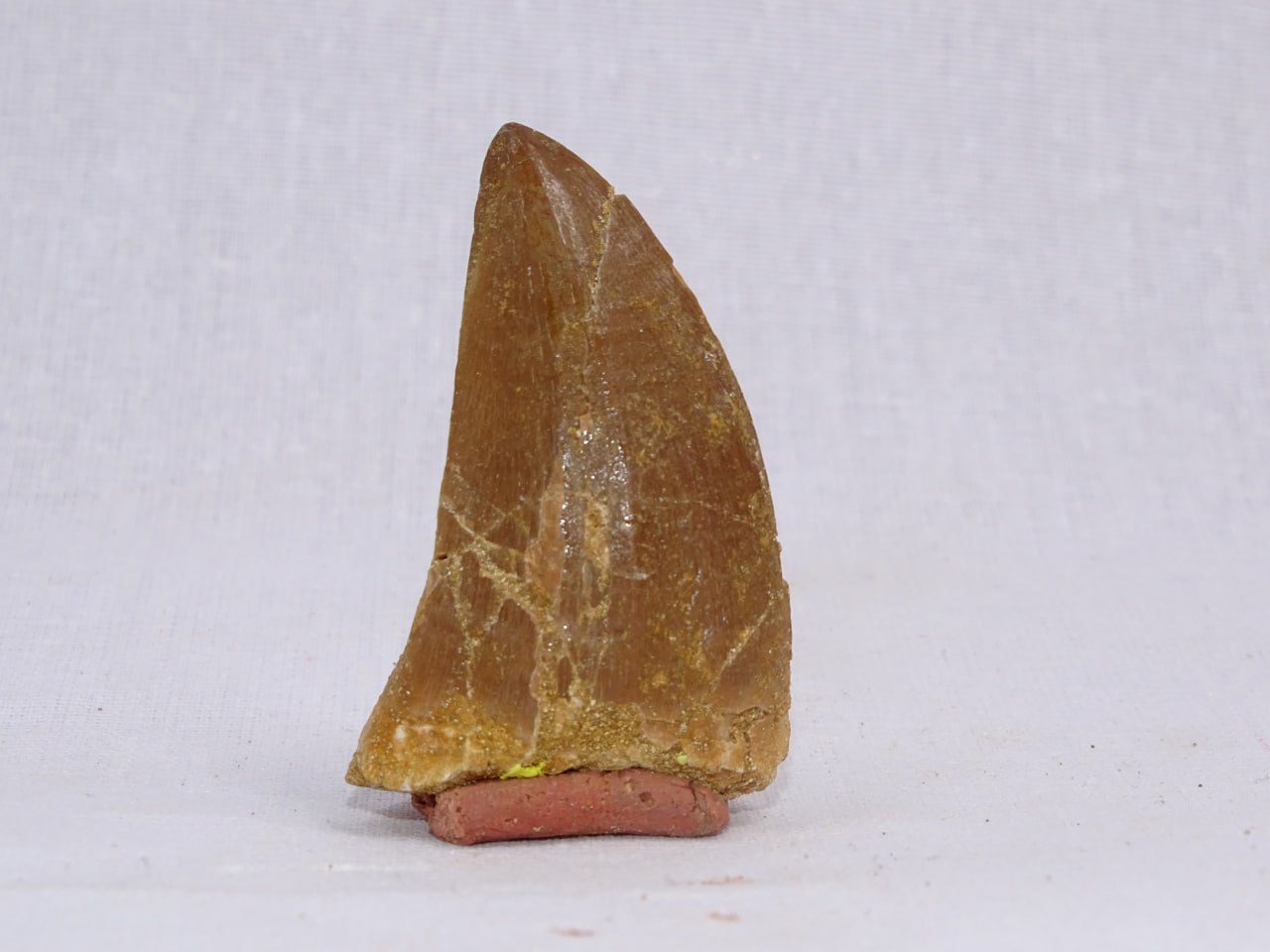





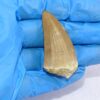


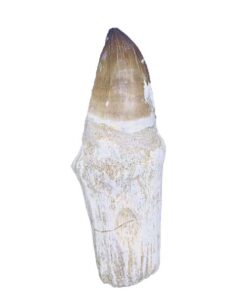
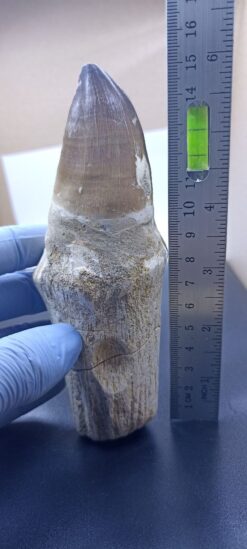










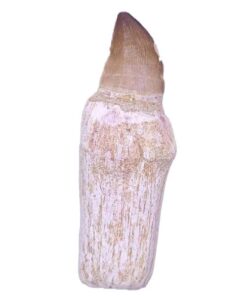
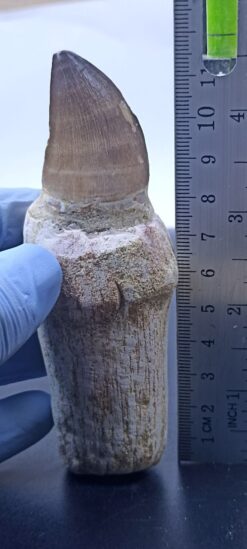
Reviews
There are no reviews yet.